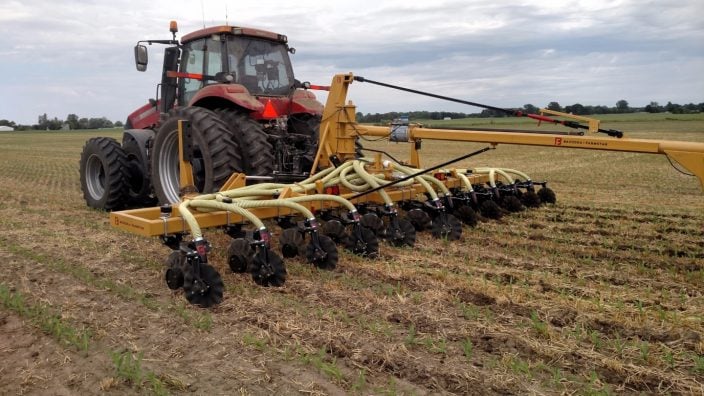Applications for Ohio Farm Bureau Health Plans now available
Members have three ways to apply: contacting a certified agent, calling 833-468-4280 or visiting ohiofarmbureauhealthplans.org.
Read MoreWith corn needing nitrogen, and pigs and cattle producing a lot of it, anything that offers a better way to use their waste to fortify crops should intrigue farmers.
Two agriculture experts at The Ohio State University have redesigned a three-point hitch to attach a metal toolbar so that it allows farmers to put manure on a field while crops are emerging.
Applying manure to growing crops, which is not widely done in Ohio or nationwide, can boost yields, reduce nutrient losses, and give livestock producers and commercial manure applicators another window of time to unload their waste and enrich their crops.
Made by Bambauer Equipment in New Knoxville, Ohio, the metal toolbar receives waste pumped through a hose from a livestock facility manure pit. The manure is fed through the toolbar, which injects the manure 3 to 5 inches into the soil between the rows of growing corn, then covers the manure with soil. Watch it in action
The manure sidedress toolbar attachment was built with contributions from the Columbus Foundation, the Ohio Farm Bureau Federation and Goodfield, Illinois-based DSI Inc., a manufacturer of manure and nitrogen injection systems.
While draglining manure, a process that involves applying manure through a hose that pumps it directly from the livestock facility, is not new to many Ohio farmers, it is rarely used to apply manure on a growing crop.
During the growing season, farmers have been concerned that running machinery over a field with an emerging crop could crush the crop and compact the soil, leaving less space among the soil particles for easy flow of water, air and nutrients, said Glen Arnold, Field Specialist, Manure Nutrient Management Systems with Ohio State University Extension, the outreach arm of the university’s College of Food, Agricultural, and Environmental Sciences. Arnold designed the modified toolbar with Sam Custer, an OSU Extension educator in Darke County.
Traditionally the manure of pigs and cattle, which is primarily liquid, is applied on the surface of fields in fall, after harvest. But without a growing crop on the field to take in the nutrients, much of the nitrogen either runs off the field or percolates through the soil uncaptured, Arnold said.
“A growing crop will reach out and grab much of that nitrogen,” Arnold said. “It will love it.”
In recent years, there has been increased interest in applying livestock manure on newly planted corn and soybean fields to foster their growth and provide another chance for farmers with pigs or cattle to use their accumulating animal waste.
For the past five years, Arnold has conducted research on methods of doing that. Initially, he used a tanker filled with liquid manure that was applied to young corn fields in several western Ohio counties. But the dragline and manure sidedress toolbar, compared to a tanker, weigh less and are faster and more efficient, Arnold pointed out. Also, the dragline and toolbar cause very few plants to be crushed to death.
For three years, the manure sidedress toolbar has been tested on fields in Darke County, which annually produces the second highest number of hogs across the state – and a whole lot of manure. The manure sidedressed fields produced 13 more bushels of corn per acre compared to fields where synthetic fertilizers were applied, Arnold said.
The savings in using manure instead of synthetic fertilizer are about $80 an acre, he said.
“There’s always a cost to the livestock farmer to apply manure to farm fields. By capturing more of the nitrogen in the manure, the farmer can reduce the need to purchase commercial fertilizer and make a bigger profit,” he said.
While the manure sidedress toolbar can also be used on fields of soybeans and wheat, corn needs the most nitrogen, Arnold said.
Some Ohio farmers are concerned that the dragline could kill some of the newly emerging plants, by crushing them as it is pulled through the field, Custer said.
But the research on the Darke County fields does not show that, Custer said. When corn is about 3 inches high, running a dragline hose across a field is not going to hurt the corn though it may initially appear to be bent over after the dragline goes across the field, Custer said.
“In a week’s time, they’ll be standing right back up,” he said.
Ohio farmers interested in trying the manure sidedress toolbar can do so for free to see how it might work on their fields. Arnold said there has been a lot of interest from farmers. Several have indicated they want to do fall strip till plots using the equipment.
“We want to put it in more farmers’ hands,” Custer said. “We want to see more farmers using manure as a nutrient rather than seeing it as a waste product.”
Anyone who wants to try the manure sidedress toolbar can contact Arnold at [email protected] or by calling 419-235-4724. Darke County farmers can contact Sam Custer at [email protected] or by calling 937-548-5215.


Members have three ways to apply: contacting a certified agent, calling 833-468-4280 or visiting ohiofarmbureauhealthplans.org.
Read More

For Ohio and PJM region, the outlook is reassuring—ample reserves and strong planning should keep the power on.
Read More

The average price for a classic holiday feast for 10 in Ohio will cost $55.87.
Read More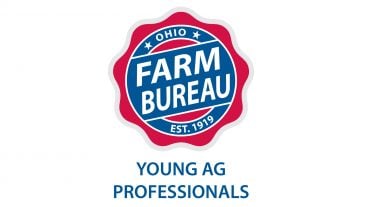

Meet the four new members of Ohio Farm Bureau’s Young Ag Professionals State Committee.
Read More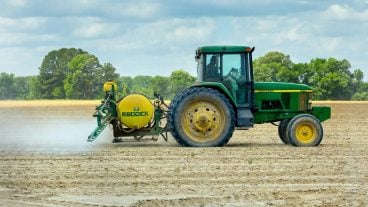
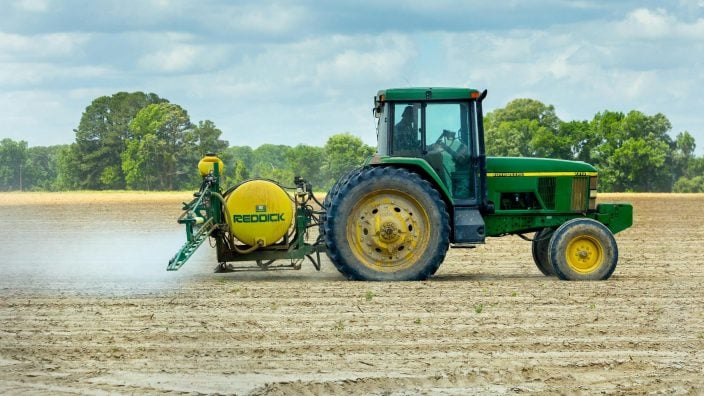
HB 10 ensures transparency around how imitation meat is labeled, along with restoring needed flexibility around the application of crop protection tools.
Read More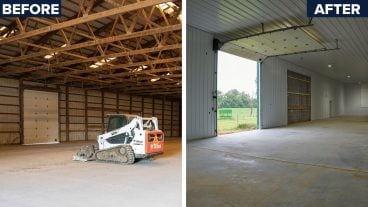
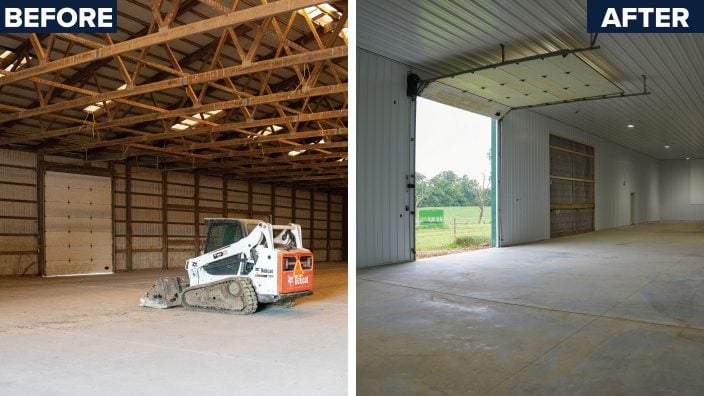
FBi Buildings has been delivering exceptional post-frame construction solutions for 65+ years, earning the trust of satisfied customers throughout the Midwest.
Read More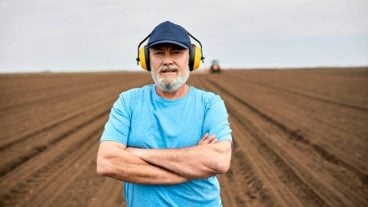
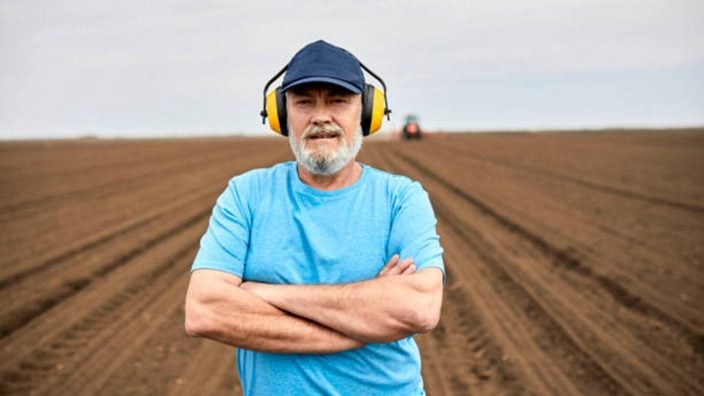
Ohio BWC industrial hygienists, safety consultants, and ergonomists can visit your farm, help spot risks, and suggest improvements that make a real difference.
Read More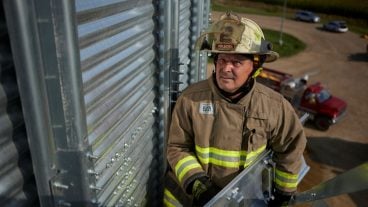
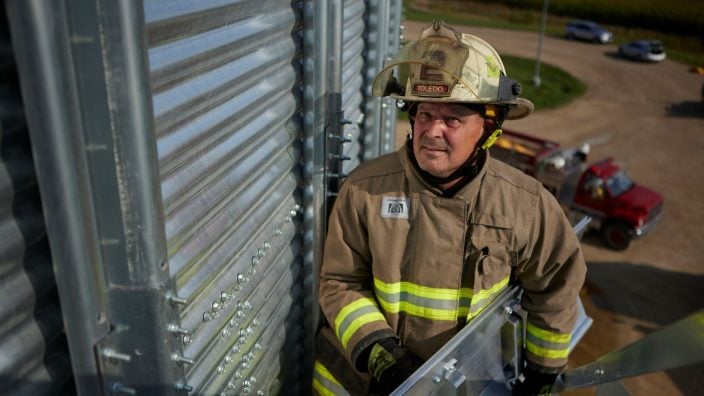
Nationwide’s Grain Bin Safety campaign expands its reach, delivering grain rescue tubes and training to 62 fire departments in 2025.
Read More

Urge President Trump and Congress to act before the end of 2025 to provide immediate relief and long-term stability for America’s farmers and ranchers.
Read More
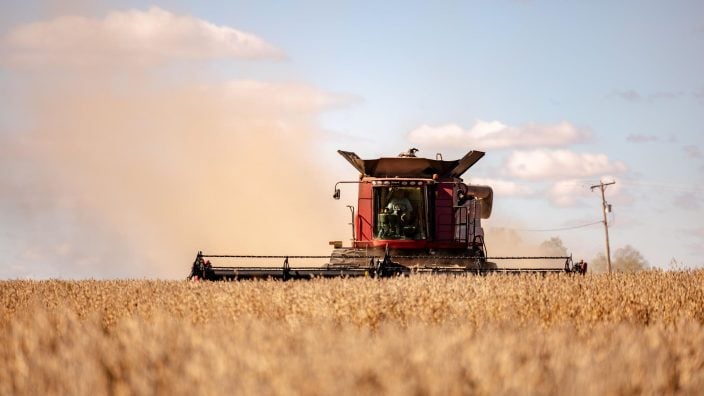
Meet Marion County Farm Bureau member Clayton Lust, a third-generation grain farmer and Beck’s Hybrids dealer, and Kelsey Bezdek, a first-generation livestock farmer and Lake County Farm Bureau member.
Read More